World Cancer Day was established by The World Health Organization
On Feb. 4, 2005, World Cancer Day was established by The World Health Organization. Cancer is a leading…
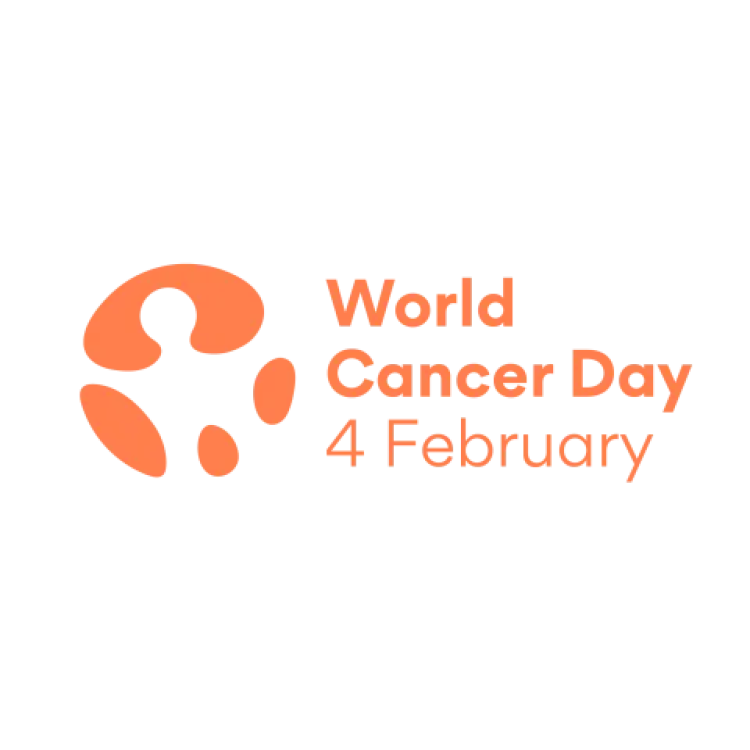
On Feb. 4, 2005, World Cancer Day was established by The World Health Organization. Cancer is a leading…
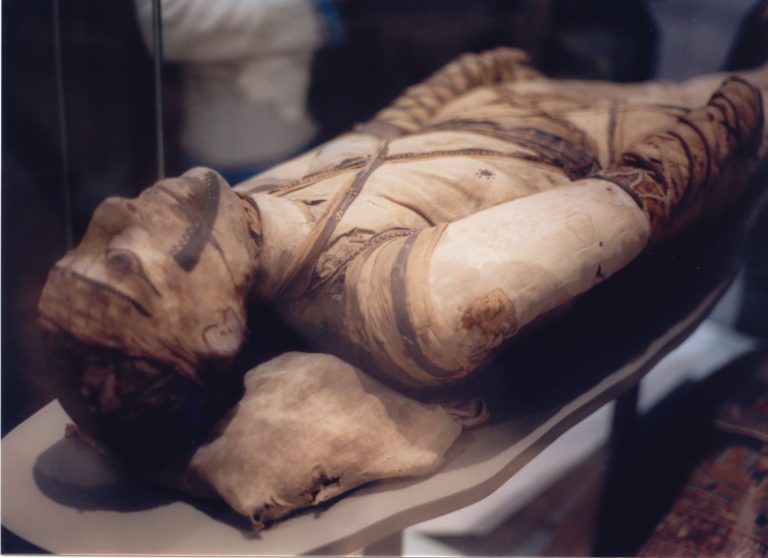
On Jan. 8, 2005, researchers from Baylor University Medical Center reported that although the origin of smallpox is…
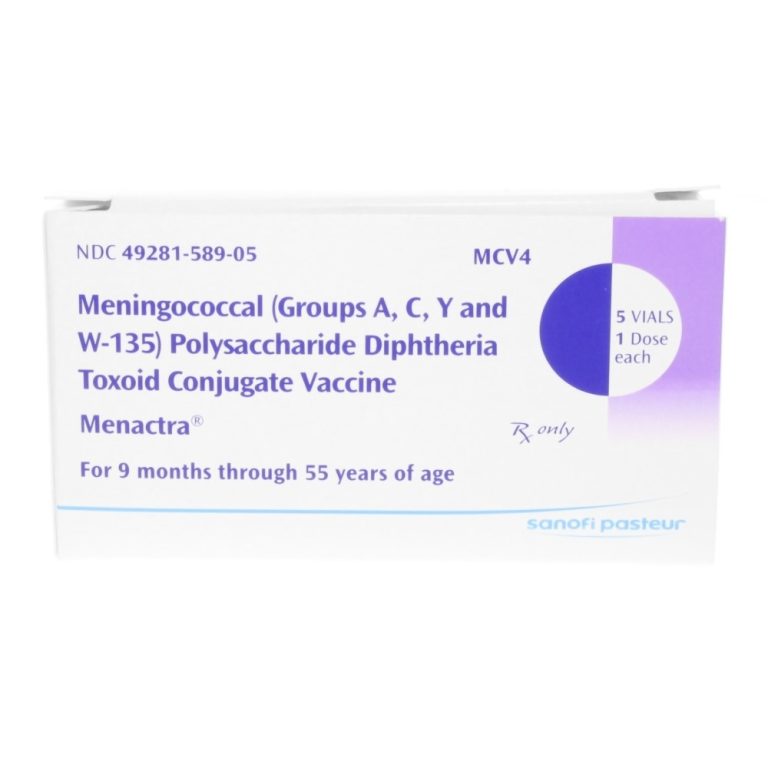
On Jan. 14, 2005, the first meningococcal polysaccharide (Serogroups A, C, Y and W-135) diphtheria toxoid conjugate vaccine…

In Jan. 2005, the Institute for Translational Medicine and Therapeutics (ITMAT) was established at Penn’s Perelman School of…

In Jan. 2005, the U.S. Food and Drug Administration (FDA) approved an albumin-stabilized nanoparticle formulation of paclitaxel (Abraxane)…

In 2005, The Patient Navigator Research Program (PNRP), a National Cancer Institute initiative, was underway to assess the…

In 2005, the National Institute for Nanotechnology (NINT) was founded as a joint initiative between the Government of…
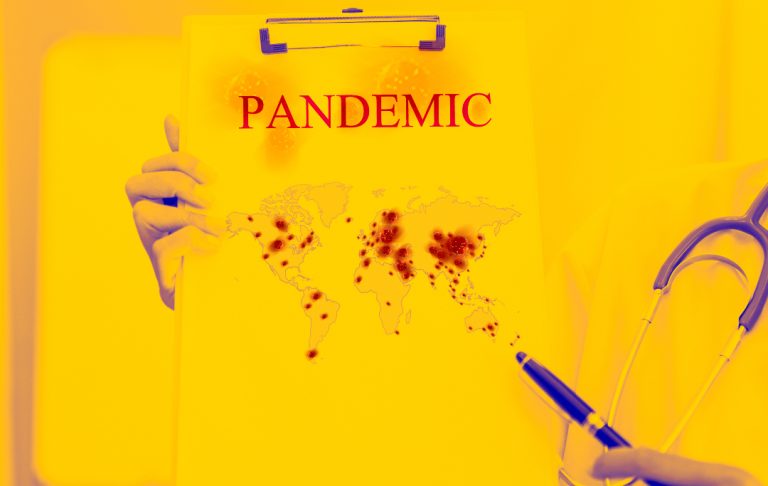
In 2005 and 2006, the White House Homeland Security Council outlined the National Strategy for Pandemic Influenza to…
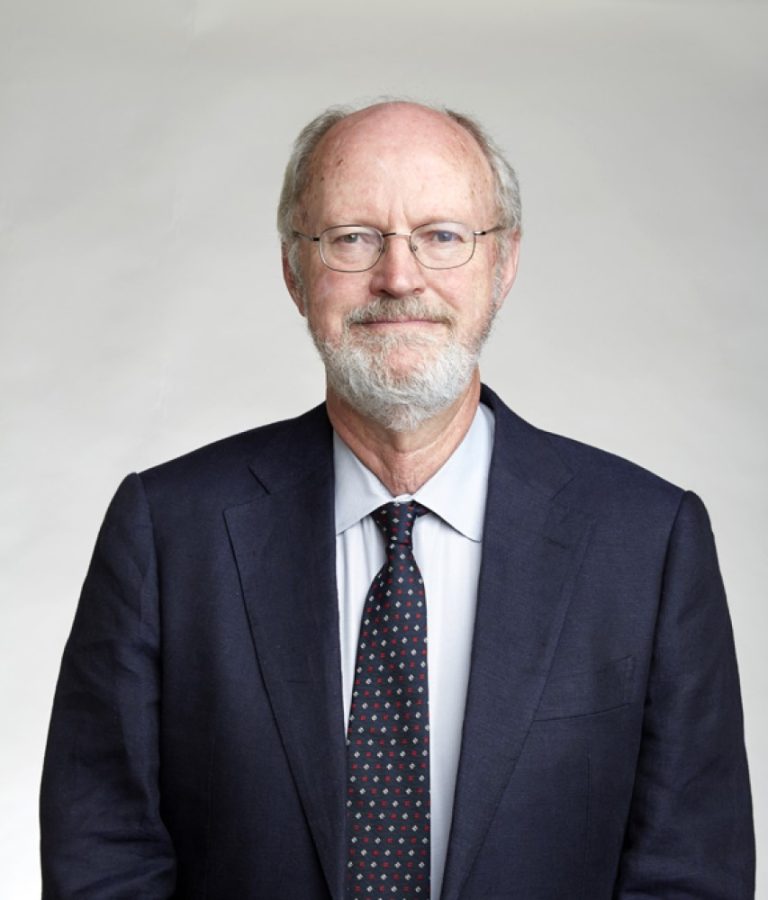
In 2005, Robert H. Grubbs, a professor at Caltech, shared the Nobel Prize for Chemistry with Yves Chauvin…
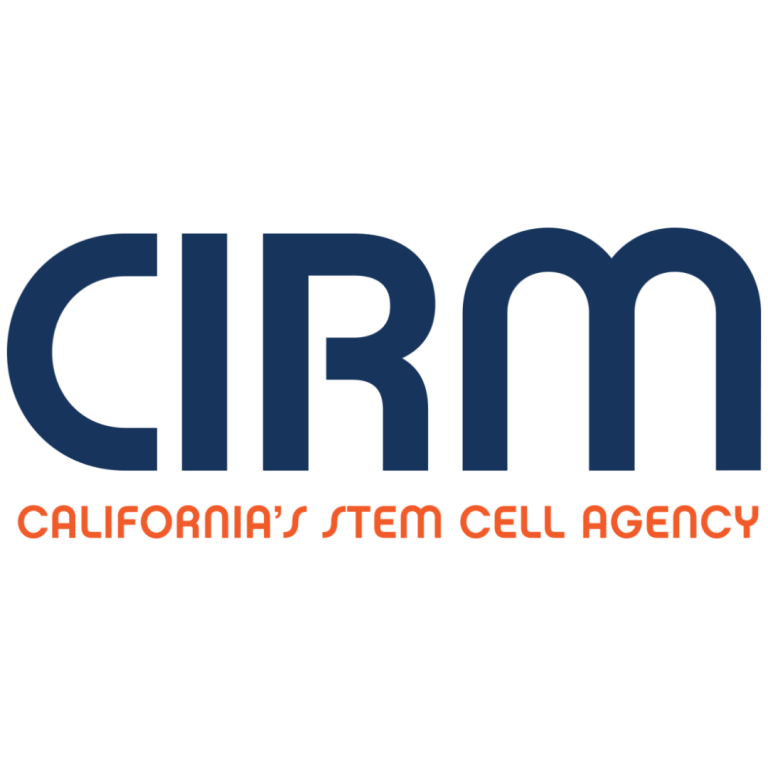
In 2005, the California Institute for Regenerative Medicine (CIRM) was formally established following the passage of Proposition 71…

In 2005, The Center for Drug Discovery was established at the University of Georgia to fulfill a critical…

In 2005, the Georgia Legislature passed the Smoke Free Air Act, banning indoor smoking in publicly accessible buildings,…
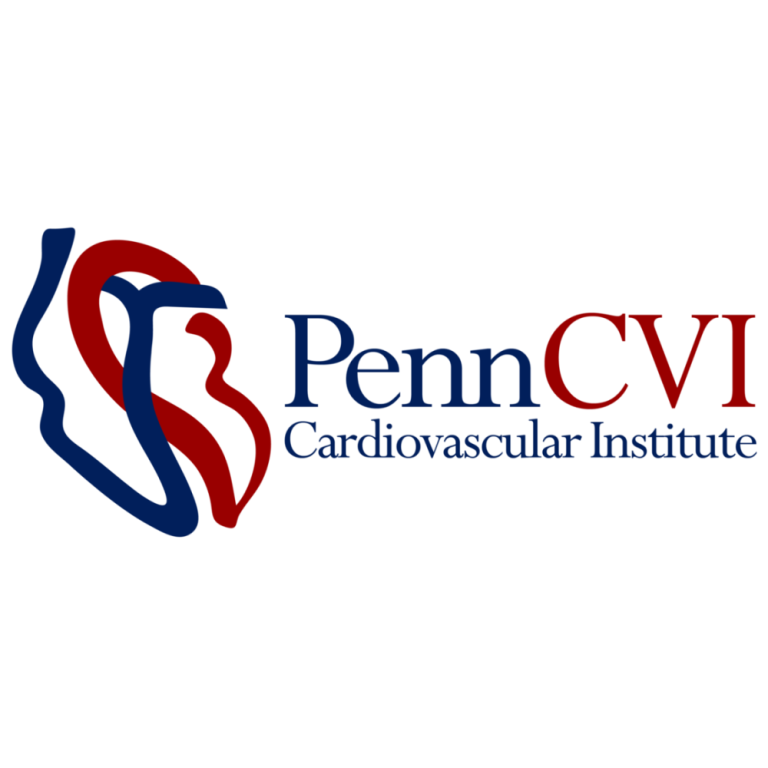
In 2005, the Penn Cardiovascular Institute (CVI) was established as a collaborative multi-disciplinary group of basic and translational…
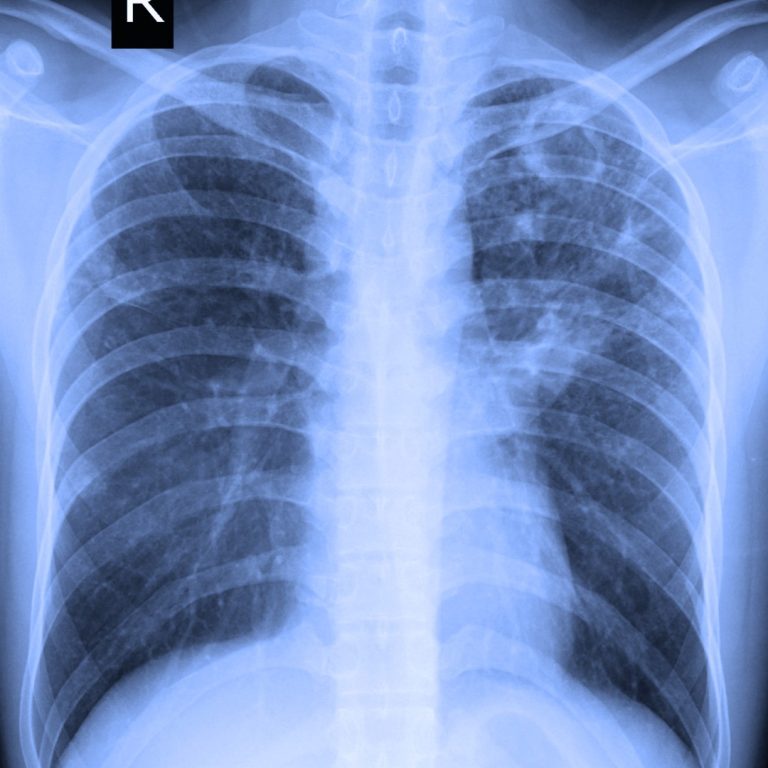
In 2005, Dr. Michael Mulligan from the University of Washington performed Seattle Cancer Care Alliance’s (SCCA) first video-assisted…

In 2005, Genome Alberta, was established in partnership with Genome Canada Industry Canada and the Province of Alberta,…